Written by: Mahnoor Fatima
Posted on: September 14, 2020 |  | 中文
| 中文
A Woman and Her Peacock in Tharparkar
The province of Sindh is a rich tapestry of history and multi-cultural communities, who have come together to live in and identify with the land of the mighty Indus River. However, it is unfortunate that this diverse and colorful collection of people is often relegated to the sidelines of public imagination, due to a lack of accessibility and information. In order to fill this gap, photographers and travelers have used the power of social media to explore the diverse, fascinating and overlooked places all over Pakistan.
Photographer Emmanuel Guddu takes great pride in working against conventions to feature on social media parts of Sindh, which are difficult to access but are nevertheless important to reach and know. Based in the historic town of Mirpurkhas, Emmanuel ventures throughout the province looking for long-forgotten ancient buildings but also thriving communities who deserve public attention. A brief look through his social media provides people with a fascinating insight into the routines and celebrations of the people of interior Sindh, and the sites they revere the most. During our interview, he spoke with a reverence and a curiosity for the people, which comes across in his work as well.
Emmanuel’s love for photography began during his childhood, when he experimented with his uncle’s old Yashica film cameras and took pictures of his relatives. Growing up around the church where his father worked, he would read older editions of National Geographic magazines given to him by foreign priests visiting the area. He was particularly inspired by the shots of African tribes. “I wanted to do something like that, show people something different.”
His professional work as a photographer, however, did not begin until the floods of 2010. The NGO he was working for at the time stationed him in Sukkur, and needed some pictures of the flood victims to use for social media. Emmanuel had enough experience at the time to take those pictures, which became very popular on social media. Since then, he has traversed the province looking for sites and communities to proudly showcase to culture enthusiasts.
As a self-financed photographer, Guddu often travels around Sindh. He explained that while he is quite familiar with many of the ancient landmarks, he also discovers new sites online or through word of mouth. Though some choose not to have their pictures taken, Emmanuel has been pleasantly surprised to encounter positive feedback from the communities he captures, “I’m very lucky that I get a lot of support wherever I go, and get a lot of encouraging messages online.”
Some of the more interesting places on his feed involves shots of ancient shrines and monuments, from the more popular places like Shah Abdul Latif Bhittai’s shrine or Frere Hall, to obscure sites like abandoned Hindu mansions in Mirpurkhas. Bolstered by his eye for perspective and bright hues, one forgets that these sites are crumbling or have been forgotten. They appear alive, vibrant and welcoming, and Emmanuel takes pains to include the history of the communities which built them. His pictures also focus on the natural beauty of the province, showing the hidden waterways and lush green landscapes, like those around the otherwise-difficult to reach Karoonjhar Mountain range of Nagarparkar.
For him, however, the most compelling sites have always been the people, whose way of life holds endless fascination for him. “My own community in Kacchi Koli, for example, migrated from Gujrat, India and speak Gujrati. The women in my community wear a choli ghagra (a traditional Indian dress which consists of a long skirt and a short but colorful shirt), and have a lot of tattoos on their face and necks.”
His camera often features communities going through routine work, but also engaging in fun activities and acts of worship. He is particularly fascinated by local artisans whose intricately detailed and hand-driven techniques have vastly remained the same for centuries, but do not have the resources or the influence to promote their work to the wider public. For him, it is equally important to make sure their words reach us as we see them.
Emmanuel is of the opinion that a regional government-backed heritage festival in Sindh would be an effective way to introduce communities to each other, and the rest of Pakistan. “Everyone can come together with their dresses and their language, and be allowed space to perform and interact. People living in bigger cities like Karachi, Hyderabad or even Nawabshah don’t know about some of the communities of interior Sindh, so it would be a good way to fill that gap.”
Another category of his photographs involve showcasing the wide-scale infrastructural changes which are taking place in Sindh, especially around the new motorway area. He supports the developmental changes taking place, but also expressed frustration at the lack of support given to local vloggers who want to showcase that change, given their extensive knowledge of the local area. “The government is doing good work when it comes to roads and conservation. I’ve seen some of the renovation processes and they’re a great thing to behold. But they need to promote it, utilize people who are working on the ground and support their livelihoods, so they can continue to showcase the beauty of Sindh.”
All photo credits go to Emmanuel Guddu. Those interested can follow Emmanuel and his adventures on Twitter, Instagram and Vimeo. For more pictures, please see the the gallery below:
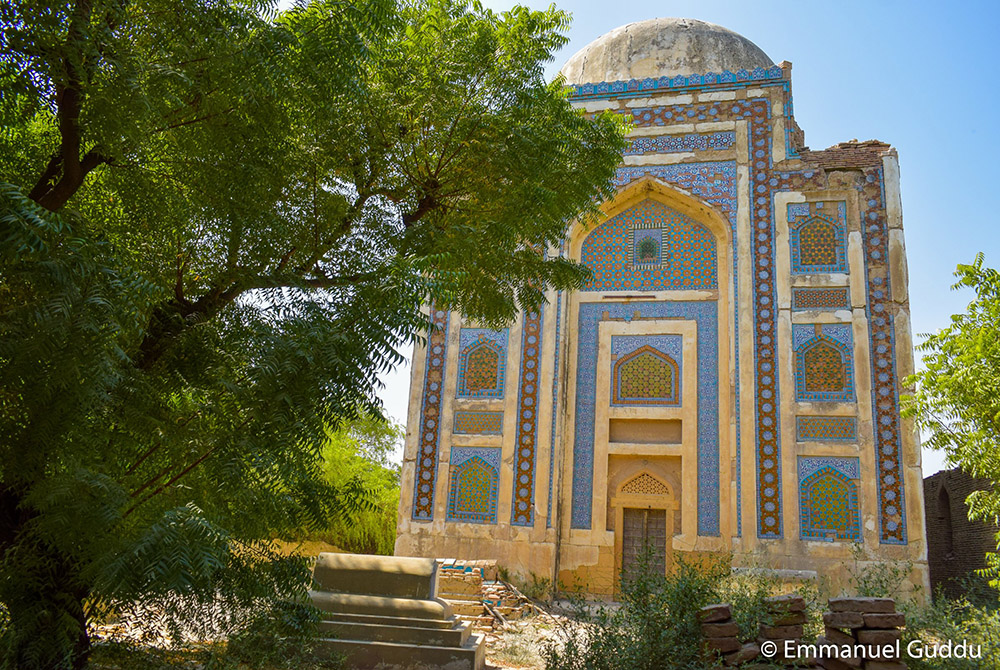
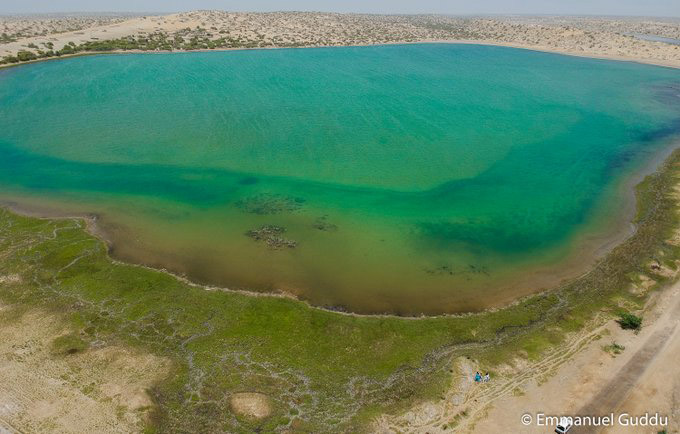
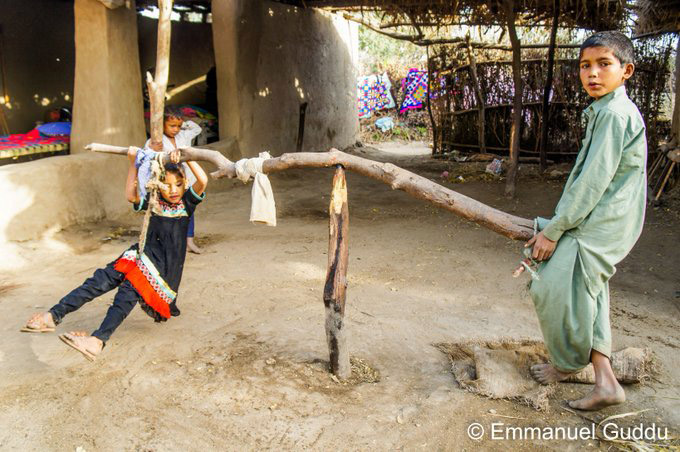
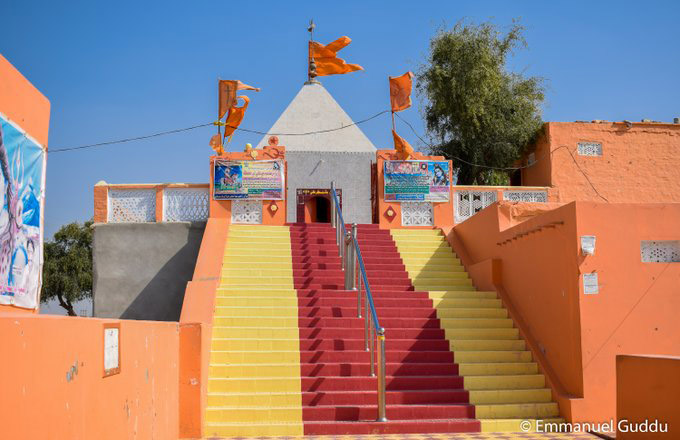
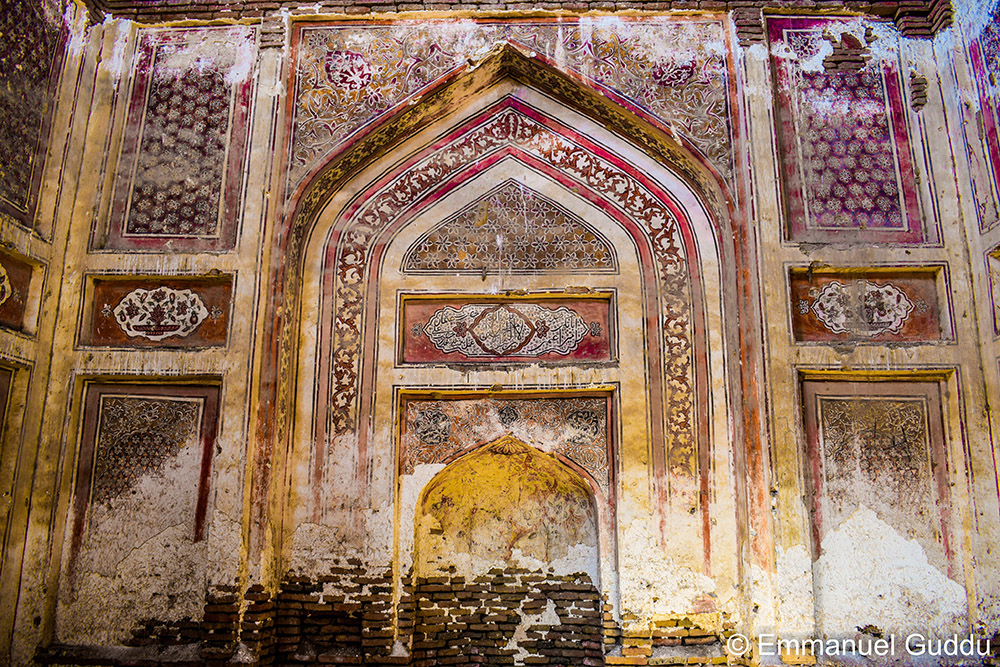
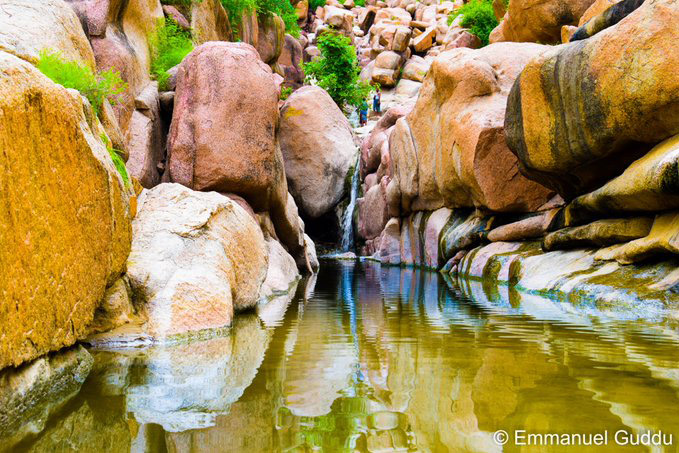
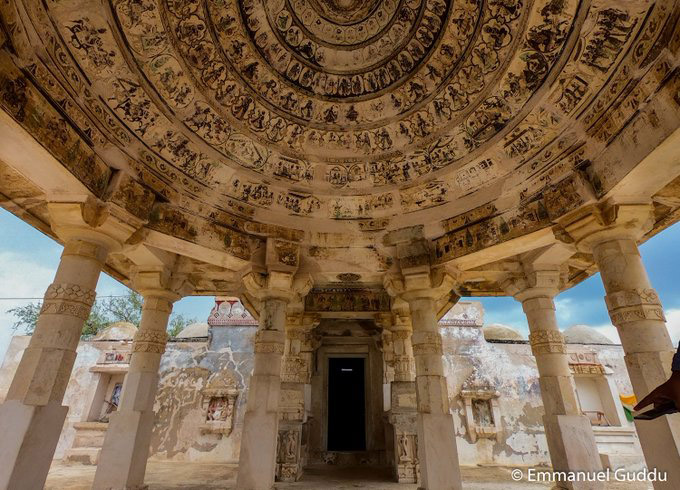
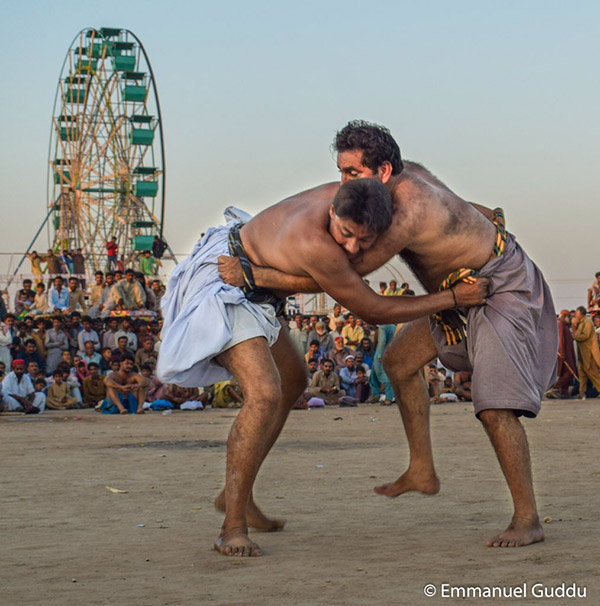
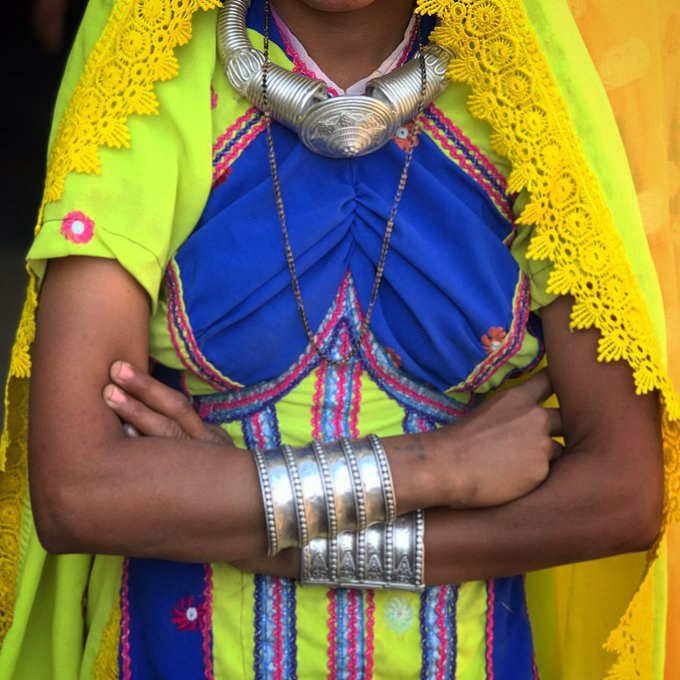
You may also like: